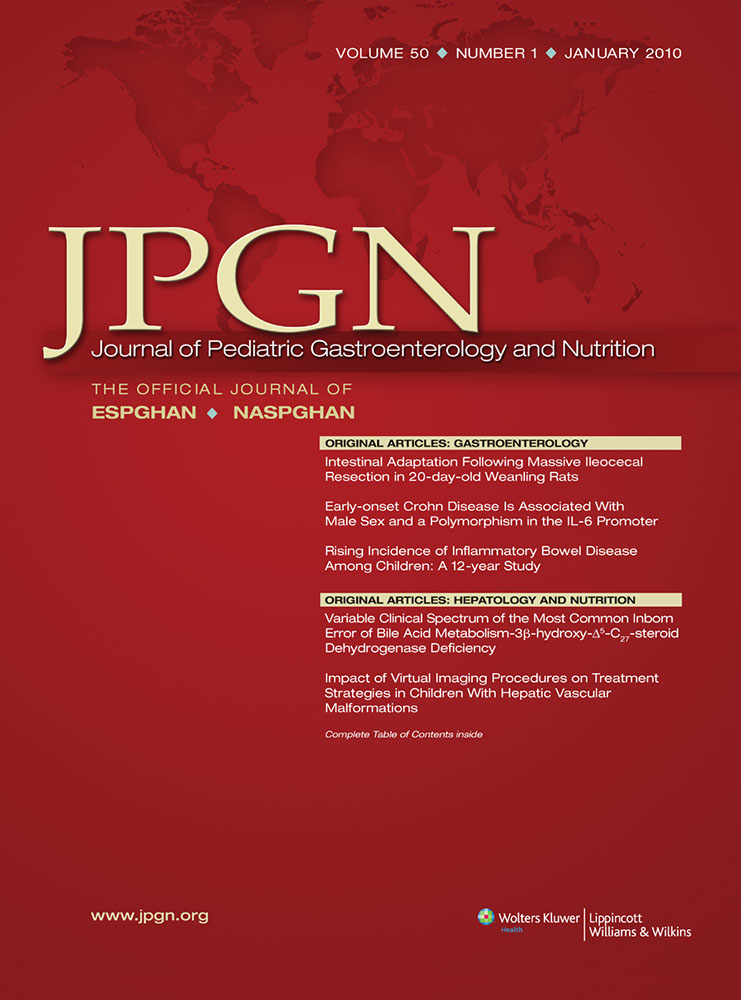Impact of Virtual Imaging Procedures on Treatment Strategies in Children With Hepatic Vascular Malformations
Drs Fuchs and Warmann shared equally in the authorship of this article.
The authors report no conflicts of interest.
ABSTRACT
Objectives:
Virtual imaging procedures have only rarely been analyzed in pediatric populations. We evaluated the role of CT-based virtual surgery planning in pediatric patients experiencing hepatic vascular malformations (HVM).
Methods:
We analyzed 12 children with complex hepatic vascular malformations. All of the children received multislice CT scans with contrast medium followed by virtual 3-dimensional reconstructions using the software assistants MeVis LiverAnalyzer and MeVis LiverExplorer. The impact on treatment planning and the correspondence to clinical findings was assessed.
Results:
Highest accuracies of virtual data were found in cases of intrahepatic portocaval shunt and persistent ductus venosus. Here, virtual data revealed congenital vascular conditions, which were not always seen using standard imaging diagnostics. In some patients with portalvenous thrombosis, virtual imaging provided important contributions to determining the feasibility of different shunt procedures. However, in some patients experiencing portalvenous thrombosis or liver diffuse hemangioma, virtual methods were not as accurate as standard diagnostic procedures. Nevertheless, these tools facilitated simultaneous and continuous illustrations of the different vascular systems.
Conclusions:
Virtual imaging and planning procedures had an important impact on treatment strategies and outcomes in children with HVM. Their use as standard diagnostic tools in selected cases of HVM should be considered.




